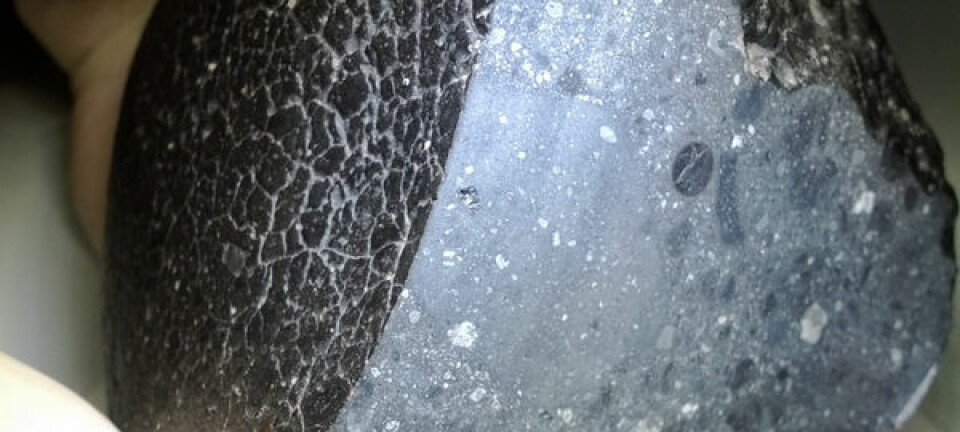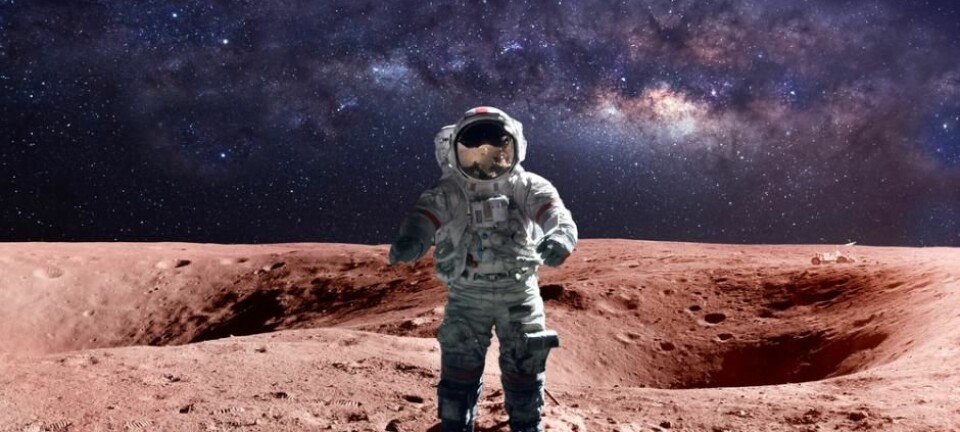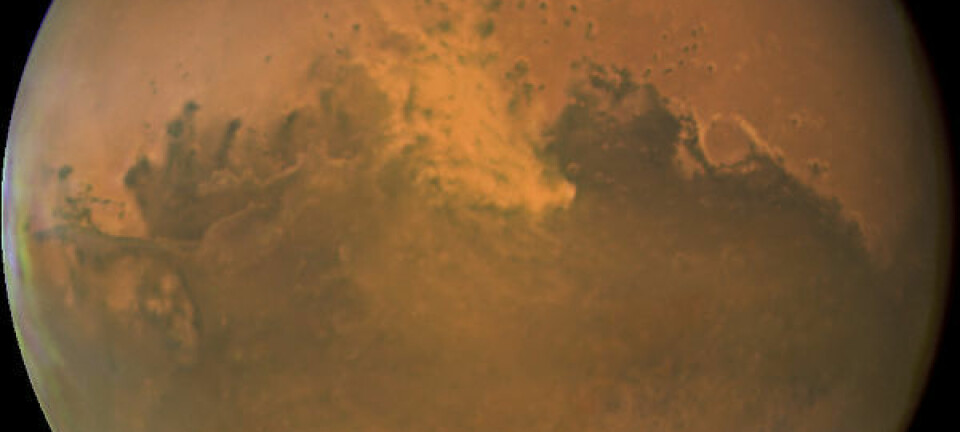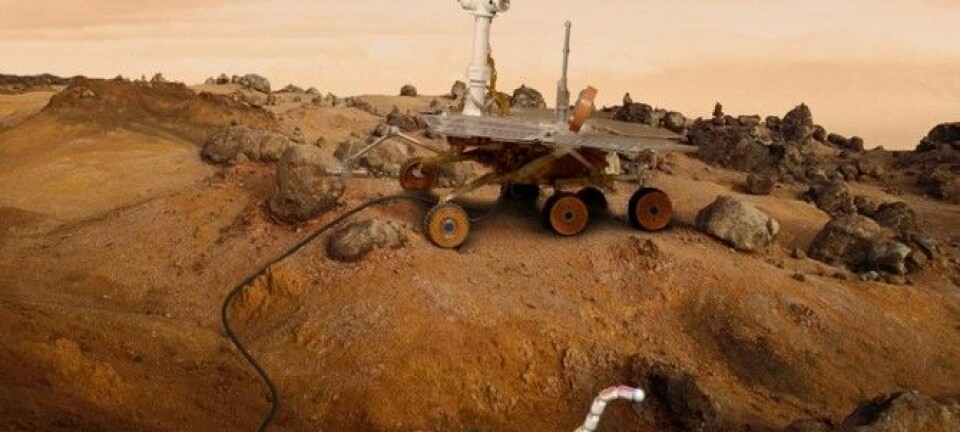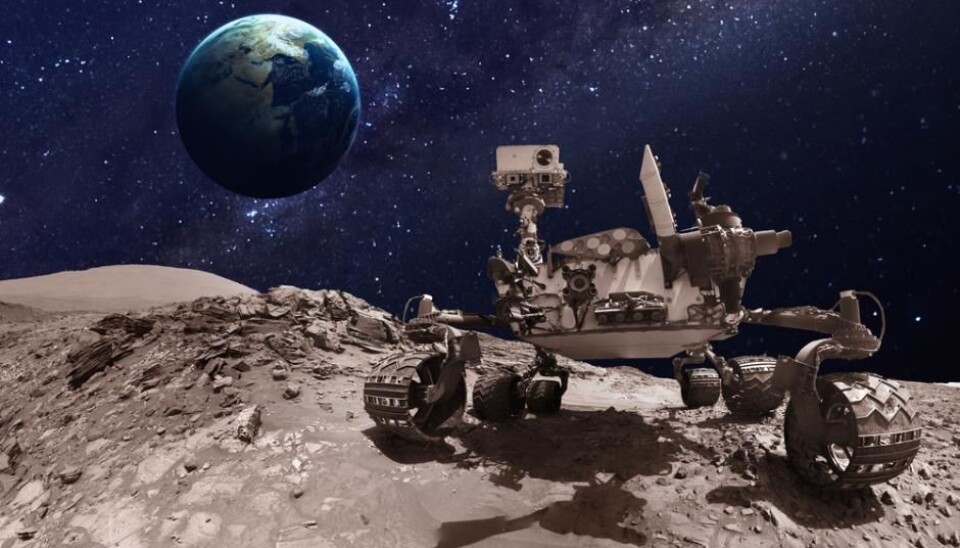
This super camera will search for signs of life on Mars
VIDEO: In 2020 a new probe will be sent to Mars. Aboard will be a new camera with x-rays and a super lens to search for previous life on the red planet.
A metal case no bigger than an old-fashioned SLR camera will map the geology of Mars.
In true sci-fi style, red laser beams will be emitted out of small holes in the little box and onto the planet’s surface. This will allow scientists back on Earth to develop a picture of previous life on the red planet.
It is called PIXL and it is part of NASA’s space vehicle Mars Rover, which will be launched in 2020. It is expected to take about nine months to reach the red planet.
PIXL contains a camera developed by scientists at the Technical University of Denmark (DTU) that will capture detailed images of the composition of rock and soil using x-ray and laser beams.
“We’re searching for traces embedded in the rocks and soils on Mars. The chemical elements will tell us whether there are signs of life in the rocks,” says lead-scientist on the PIXL project Abigail Allwood, a geologist from Macquarie University in Australia.
“Finding life on Mars is like the Holy Grail”
The scientists behind PIXL cannot wait to explore the red planet.
“If we find signs of life--it would be just like finding the Holy Grail and confirm the existence of Jesus. Moreover it will suggest that there could be life on other planets,” says David Pedersen, a postdoc at DTU Space and one of the scientists behind the research.
Pedersen’s colleagues are equally as enthusiastic.
“We send rockets out to answer some of the biggest questions: What is life all about? How did it start? Where will it lead us to?” says John Leif Jørgensen, a professor from the National Space Institute at DTU and one of the scientists who developed the new camera.
PIXL will be the rover’s eye
The camera has been developed by 30 scientists and technicians, who all played a role in milling, cutting, soldering, and assembling all of the pieces of the camera.
PIXL will search for signs of previous life using x-rays and laser beams to scan rocks and soil.
PIXL shoots x-ray beams at the stones, where they either fluoresce or are emitted from the materials as secondary x-rays, and then detected by the instrument.
“By analysing the returned signal, the chemical composition of the rock is revealed,” says Pedersen.
“For instance, a large iron or manganese concentration would be interesting to study more closely,” he says. This would indicate the presence of fossils, which often contain high concentration these elements.
PIXL controlled on Earth
Besides PIXL, the Mars Rover also has equipment on board designed to produce oxygen on Mars so that one day humans can survive on the planet.
Scientists on earth will be able to control the different instruments by sending commands to the seven computers aboard the rover.
“It takes on average around ten minutes for a signal from Earth to reach Mars, and another ten minutes to come back,” says Pedersen.
A sensor will automatically adjust the rover’s location and where PIXL should be looking on the surface, he says.
Rocks record the secrets on prehistoric life
Allwood hopes that PIXL will find stromatolites--layered fossilised remains of bacterial activity that excrete minerals in water.
The layers preserve deposits from bacteria back as far as 3.5 billion years ago and are a clear indication of life, says Allwood.
“But even if we see signs of previous life in the stones or the soils, it’s difficult to reach a firm conclusion. So it’s important that we map the area and study the rock composition so that the next mission can build on our knowledge,” says Allwood.
If PIXL finds traces of life in the form of fossils in rocks or bacteria, the rover will sample it and leave it behind until a manned mission to Mars can collect it.
Allwood expects to collect around 30 samples of rock and soil with the help of PIXL. Previously, the Curiosity Rover managed to collect three.
-----------------------
Read the Danish version of this story on Videnskab.dk
Translated by: Catherine Jex
